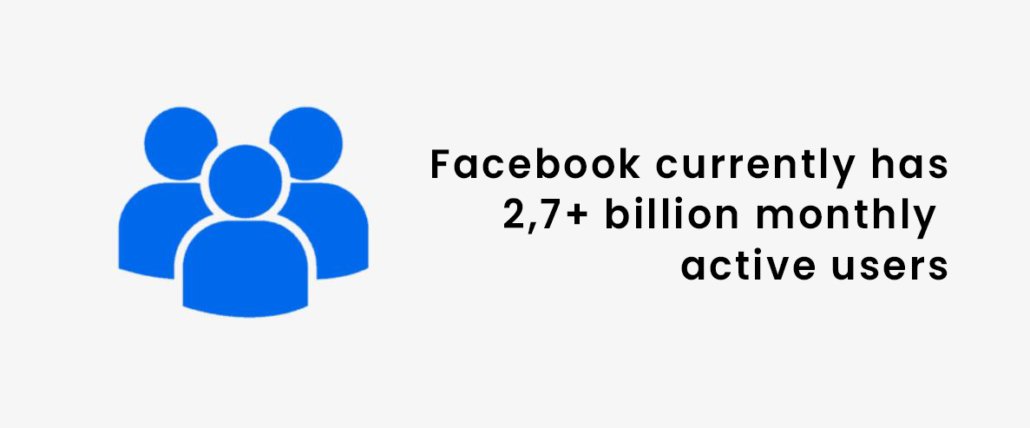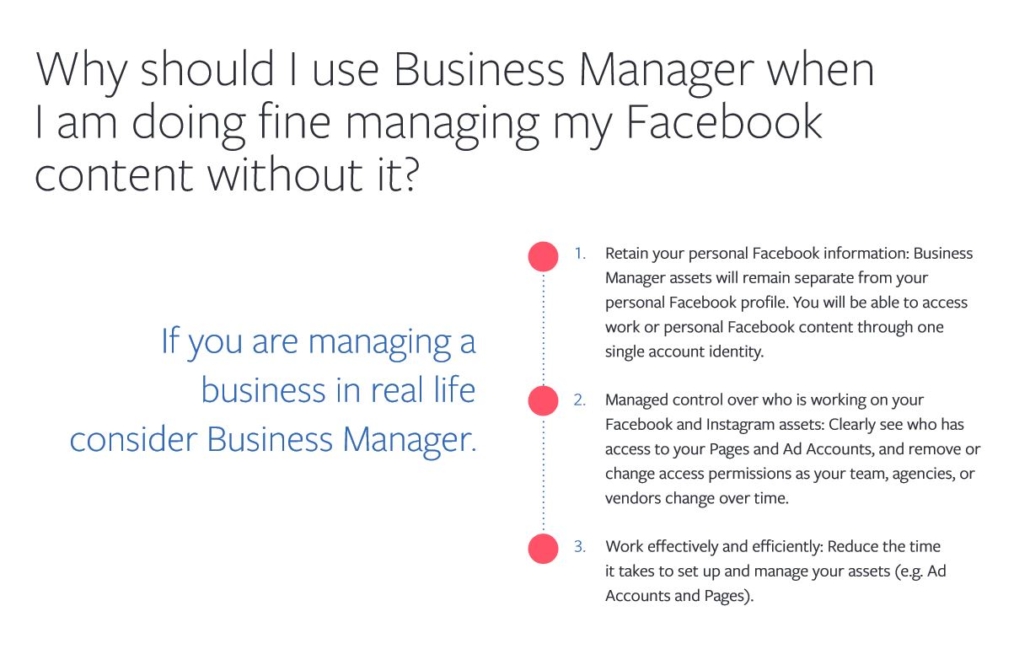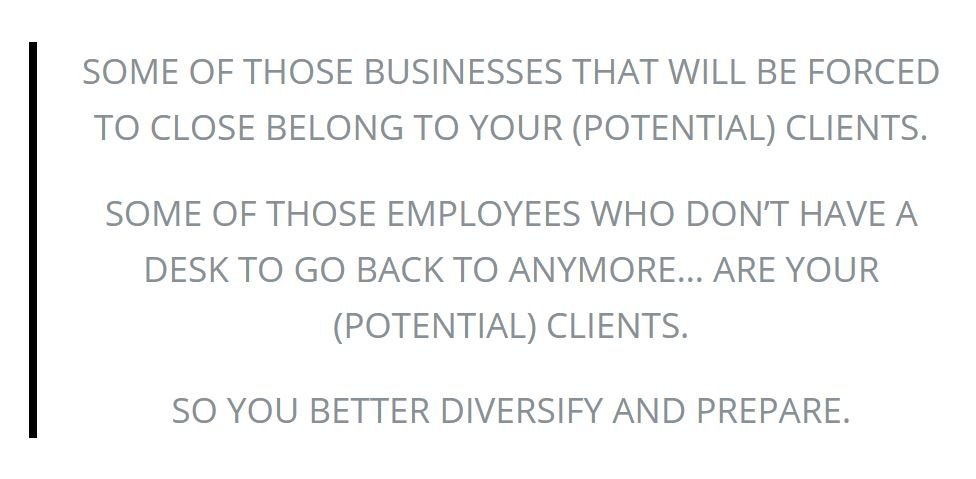Why Conscious Marketing is still possible and how it can help you thrive
If you are reading this, chances are that at least once in your career as a photographer you thought to yourself “I hate marketing, I suck at it, and I just wish I could get someone to do it all for me”.
You desperately want to attract more clients, and make more money doing so, but you don’t know how to do it without living a lifestyle you hate (late nights and early mornings with too little time for the people you love) and in a non-pressuring, non hype-filled way.
And somehow, whenever you try to do what the “experts” say you should do… it just doesn’t feel like you.
My goal with this letter is to help you understand how to approach marketing in a way that feels good to you and gets you the clients you want, without requiring you to “sell your soul”.
Let’s break this process into four essential steps.
STEP ONE: WHAT DO YOU WANT TO BE KNOWN FOR?
For most of us, marketing feels like chasing clients, despite it being sold to us as a tool to “attract” them.
So at the core of our approach, we will keep one simple idea: marketing is not about “chasing” or “attracting” our ideal client, marketing is about making it easy for them to find us.
Want to know why?
Because our ideal clients are already looking for us.
Now here is the thing: in order to be found, you must be known for something.
But as long as your “something” is merely what you sell, you will always be a commodity, condemned to keep paddling just to stay above the noise of a million other businesses doing – and selling – exactly the same thing.
Which is unsustainable.
Finding your “something”, that we will call your brand from now on, is as simple as asking yourself “what is the one thing I want the world to see when they look at my work?”
There are four elements to your brand, and – in our new view – marketing is about making these so clear and visible that it becomes easy for our ideal clients to find us.
These four elements are:
- You, who you are
- What you do
- Your point of view, which determines how you do what you do
- The reason and cause your work is an expression of. This is, to say it with Simon Sinek, your why.
STEP TWO: BE WHO YOU ARE – RELENTLESSLY
As you move away from a “client chasing” business and get clarity about your brand, you begin building solid foundations for marketing that feels good because it’s authentic.
Questions like “what should I post about?” or “should I do minis?” should now become easier to answer.
If you want to make it easier for your ideal clients to find you, you need to make sure your who/what/how/why are OUT THERE.
Hence, this is what you should post about.
The clearer, the bolder you are, the better as it will make it easier for YOUR people to choose YOU.
The same principle applies to almost every other decision: be “you”, relentlessly, because your success depends on it.
As tempting as it is to try and appeal to as many people as possible, you don’t need to do – or be – everything for everybody.
You will be surprised by how easy marketing becomes, how liberating it feels when all you have to do is be your authentic self.
I dare to say, it is even fun.
Now when it comes to “doing”, you might be presented with many choices.
Should I do minis? Weddings? Outdoor sessions? Should I work weekends?
So here are 3 more questions to help you make choices that are aligned with your purpose and with the ultimate goal of creating a business that works for the lifestyle you want to live (not the other way around):
- Is it true to your brand?
- Does it add to your business?
- How does it impact your lifestyle?
STEP THREE: MEET YOUR BEST ALLY
Time to reveal the biggest marketing secret I have learned about marketing.
The one I go back to every time I start worrying about my competitors or comparing myself to them.
Growth requires time. And patience.
Magic things happen when you allow time to be on your side, but living in a world that celebrates speed has affected our expectations in all fields of life.
The same way we think a “5 days fitness challenge” should get us fit, we also think marketing should give instant results. We want to be able to switch a few buttons and immediately get more bookings and bigger sales. But it’s hardly our fault, as this is what we are promised constantly: instant results, a flood of clients, six… seven figures quickly.
Sure, I know and teach some “tricks” and techniques to get results fast, but I don’t believe marketing is only a matter of conquering as many clients, “territories” and competitors as we can. Growing wider is only part of the equation, we also need to learn to go deeper and handle our own fear of being still.
This is not only a philosophical matter.
Allowing yourself to slow down means making you businesses less vulnerable, as it makes you less prone to obsess over unidimensional messages that disengage your audience (“book now”, “limited availability”, etc.) and to develop our business on the easiest, quickest platform.
But what are the essential platforms, or channels, you should use to create holistic, successful marketing?
STEP FOUR: RISE ABOVE THE NOISE
This leads us to our fourth step, how to amplify our message so that enough people can find us.
Yes, I am talking about your “platforms”.
Funny name, because it tricks you into believing that you can build something on them when really they are nothing more than a container or a speaker.
They can help you amplify your message, they cannot create it, replace it or fix it.
There are only 3 platforms essentials for our business:
- A WEBSITE
There is more to this than just Google and SEO (oh no, did I just say that?).
Yes, your website is absolutely necessary if we intend marketing as making it easier for our ideal clients to find us, but it must also be built to attract and get real paying clients.
This absolutely does not mean attacking your reader with popups and newsletter sign-ups, nor it means halving your savings to create a flashy “brochure”.
In fact, our website should be thought of as a way for people to approach us and our brand in a way that feels safe [more on this can be found HERE].
In other words, we should not be guided by a secret agenda (“get the sale”) but let the element of our brands be seen in a clear, transparent way, so that our people will immediately recognise themselves in our “who, what, how and why”.
Your website should absolutely include landing pages for all your main sessions.
- A WELL ORGANISED DATABASE OF CLIENTS
This should be digital, to make it easier for you to access and recall data. Also, your client database should make it easy for you to mass-email specific segments (for example, all your newborn clients from the last 6 months, or every baby turning one in the next 2 months).
- WAYS TO CONNECT WITH YOUR AUDIENCE
These are essentially 3: social media, your blog and your newsletter.
Notice how I did not say “ways to sell”, a good reminder that we are not chasing clients.
Social media is possibly the biggest pain point for every modern business owner, so a word on this.
You don’t need to be on every existing platform, from Pinterest to TikTok, YouTube and Clubhouse. Making choices is good and necessary when we want to keep our focus on lifestyle and sustainability.
WELCOME TO YOUR NEW MARKETING AND… HAVE A SAFE JOURNEY THROUGH IT
If you are still reading, thank you for choosing to spend your time in my company.
Hi, I am Giulia (weird, uh? It sounds like Julia – but it’s written with a “Gi”) and I am the founder of Grow Your Photography Studio.
I am known for my no-BS, hands-on approach to helping newborn photographers get more clients and grow a business they actually enjoy running. I believe marketing should not be a “necessary evil” and that taking action is the first and most fundamental step toward success.
Thinking about our Marketing Mentoring programme? Read this first
We don’t do sales calls, but if you feel we might be a good fit you can book a free discovery call to work with me for an hour and see how that feels.



